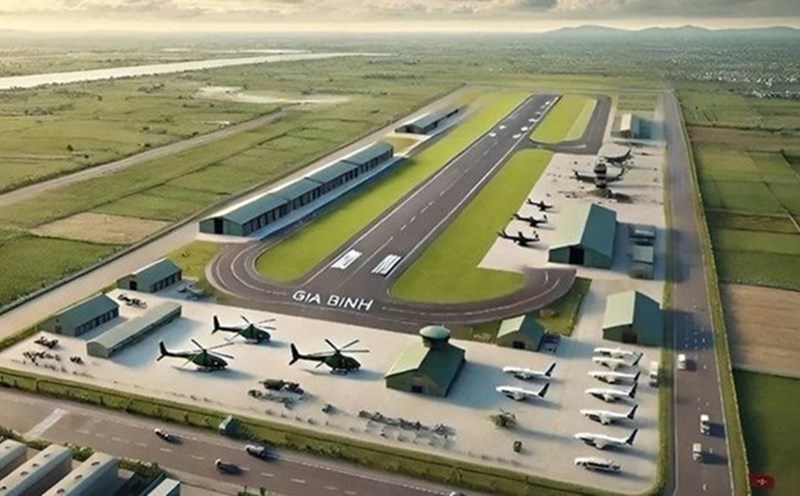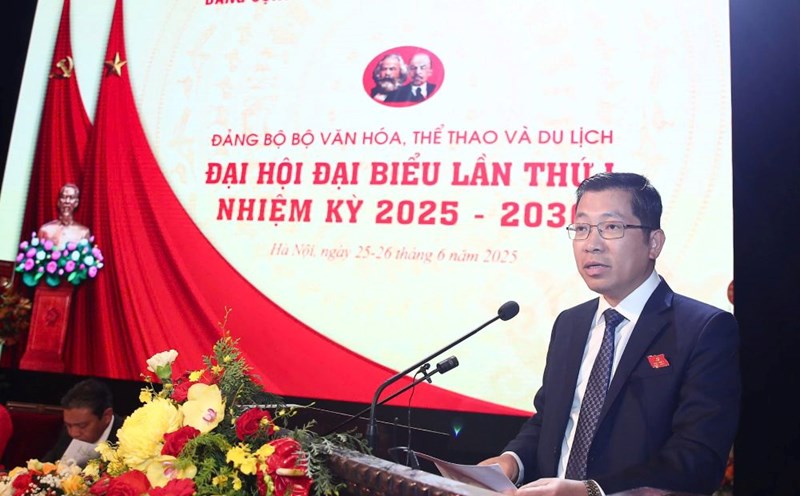The Ministry of Agriculture and Environment has just published a Comprehensive Table to receive and explain comments on the draft Report, Submission, and Decision of the Prime Minister regulating the application of QCVN on emissions of motorbikes and mopeds participating in traffic.
Commenting on the draft, the Ministry of Industry and Trade said that the choice of "Solution B: Regulating the application of QCVN on emissions for motorbikes and motorbikes in Vietnam" is a suitable and necessary solution to: reduce domestic air pollution; implement international commitments and promote technological innovation, green transformation towards sustainable development. The process is designed to be zoning by time and geography, with feasible flexibility, but there are some limitations:
Resources for implementation: Controlling emissions of 70 million motorbikes and mopeds requires a large-scale inspection infrastructure system, it is expected that by the period of 2027 - 2028, about 5,000 inspection facilities will be needed nationwide.
Short-term financial and social impacts: Policy arising costs for people and businesses, especially for low-income groups. Owners of vehicles manufactured before 2008 are at risk of not reaching level 1 and abandoning their vehicles, causing property damage and affecting people's livelihoods if there are no timely support measures.
Capacity to comply and enforce: Motorbikes do not have a mandatory periodic inspection regime; most vehicle owners have never taken their vehicles for inspection. Ensuring that all vehicles comply will put great pressure on the authorities, which can lead to vehicles that do not meet standards still circulating, reducing the effectiveness of the policy.
Explaining these issues, the drafting agency said that State management agencies at the central and local levels must make efforts and mobilize resources, including socialized resources, to build a system of sufficient inspection facilities to meet inspection needs.
To achieve the goal of controlling air pollution, controlling emissions from motorbikes and mopeds is a method and must gradually eliminate motorbikes and mopeds that are too old, dilapidated, and over 20 years old, not meeting emission standards in the two largest cities in the country, Hanoi and Ho Chi Minh City.
At the same time, the drafting agency affirmed that there must be propaganda work and effective supervision measures.
In addition, the Ministry of Industry and Trade also said that due to the nearly decade-long journey, air pollution levels cannot be reduced immediately and the draft new Regulation only stipulates limits on CO and HC; meanwhile, in many urban areas, serious pollution originates from PM2.5 and NOx fine dust. It is recommended to study and supplement the limit for these parameters in the next step.
The drafting agency said that currently in the world, countries only control emissions through 02 parameters CO and HC (PM2.5 and NOx factors generated insignificantly from engines through exhaust pipes), in addition, investing in equipment for measuring these 2 parameters is very expensive. Therefore, the drafting agency will study to supplement in the next step if appropriate.











